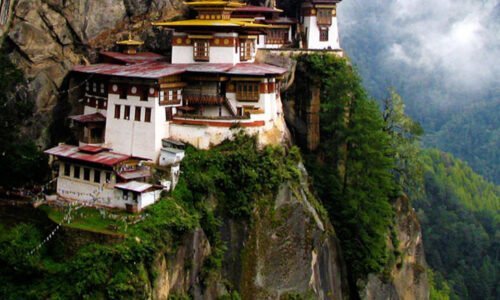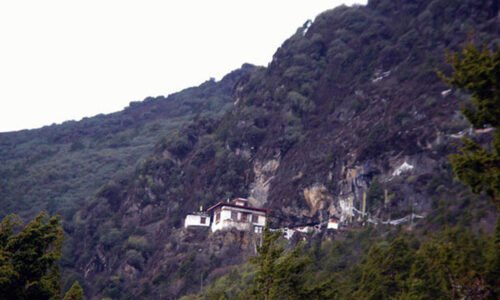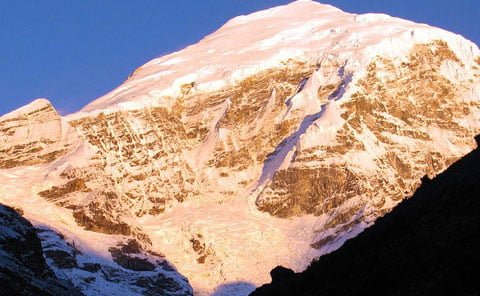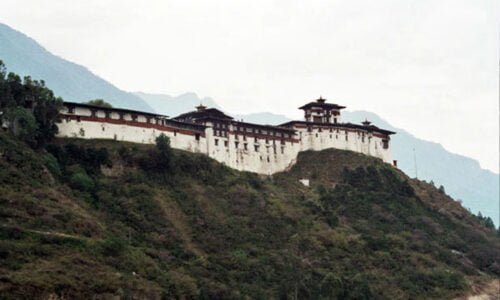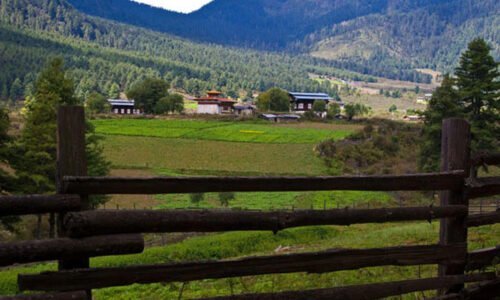To this day, Bhutan has remained a little known, geographically and politically isolated nation in the world. The nation has successfully protected its natural world and cultural uniqueness from the invasion of haphazard modernization. It opened to tourism in 1974, but its carefully designed policy to attract quality tourists (those visiting Bhutan are required to spend 200 US dollars per day) coupled with its small population, and more than 60% of land under the forest cover makes it a pristine tourist destination naturally and culturally. As a result, Bhutan treks and Bhutan tours live up to the visitors’ quests for natural purity and cultural originality.
Often referred to as the Switzerland of Asia because it is roughly the size of Switzerland in the area and most of this nation’s land consists of mountainous regions, there is nevertheless a remarkable climatic and ecological diversity in the nation, ranging from subtropical to the alpine. Dense forests cover its hills and its rivers and ravines abound in flora and fauna. Just visit Bhutan from May to August; you will see how extravagantly the nation’s forests burst into bloom. The nation’s forests are home to 46 species of rhododendron, junipers, magnolias carnivorous plants, rare orchids, blue poppy (national flower), edelweiss, gentian, medicinal plants, giant rhubarb, and a variety of threatened animals like Golden Langur, Red Pandas, Black-necked Crane, Snow Leopard, Takin, Musk Deer, Himalayan Brown Bear, Himalayan Marten, Tiger, hornbills, pheasants, mountain goats and timid blue sheep.
Religiously and culturally, the nation belongs to a branch of Mahayana Buddhism, locally termed Drukpa Kagyupa. Most of its hills, valleys, and mountains are imbued with myths and mythology of Buddhism. The most popular among them relate to Guru Padmashambhava’s visit of Bhutan in the eighth century B.C. Padmasambhava is known as the founder of the earliest sect of Tibetan Buddhism, the Nyingmapa sect. With numerous majestic monasteries standing on mountaintops, ancient forts, fertile myths, and tantric Buddhism, it is a nation deeply steeped into own culture, traditions, and religious belief.
In fact, Bhutan has given high regard to spirituality, which is also evident from the fact that it uses Gross National Happiness (an indicator invented by itself) to measure the level of happiness and quality of life in the country in contrast to Gross National Income. In 2006, Business Week magazine rated Bhutan the happiest country in Asia and the eighth happiest in the world, citing a global survey conducted by the University of Leicester in 2006 called the “World Map of Happiness”.
